When golf courses go wild
How non-profits, trusts and cities are converting manicured greens into places where wildlife, plants and people can flourish.
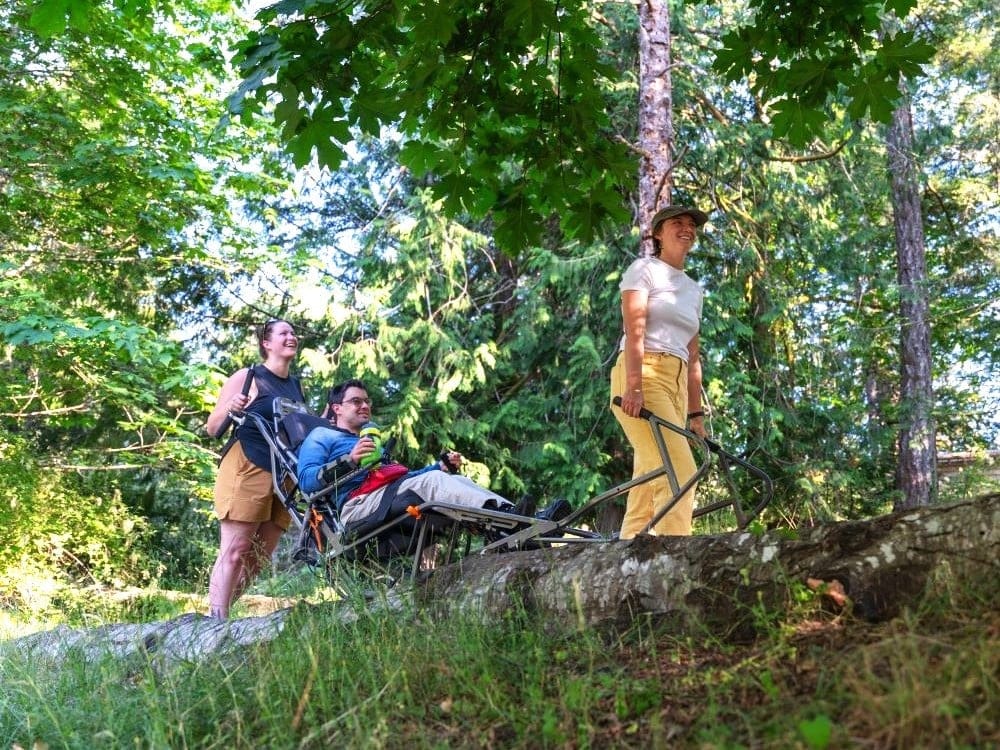
This article was originally published by The Tyee and has been reproduced here with permission.
In the fields beside a suburban lake on Vancouver Island, Canada, relics from a past life are hidden in plain sight. The land, home to a nine-hole golf course for more than 30 years, is no longer doused with water every day or mowed at 4 a.m. – yet remnants of its former state still exist.
A sand trap now serves as a children’s play pit, littered with Tonka trucks and toys. The fairway, once cut to under an inch, has grass up to shin height and rows of flowers. Old golf greens have been turned into campgrounds.
The transformation is par for the course, says Jason Cole, co-CEO of Power To Be, a registered charity that took over the property in Saanich, B.C., seven years ago from a couple who wanted to lease their roughly 78 acres of land. The charity, which employs 50 people and gets most of its funding through donations and grants, signed a 30-year lease agreement to run the property for $1 per year. Last year, they tallied up $3.8 million in funding to support programming and other initiatives.
Since moving onto the site, Power To Be, originally founded in 1998, has turned what used to be Prospect Lake Golf Course into an accessible nature sanctuary for people with disabilities. But humans aren’t the only ones who have found a new home in nature on the former golf course.
After restoring a buried stream on the land a few years ago, Power To Be has witnessed frogs and cattails reappear – joining migratory birds, deer and bears, among other wildlife and plant species that are flourishing since humans stopped golfing.
“It evolves every day, that’s the beautiful piece of working with nature,” Cole says.
“A listening approach has been something we take to heart. What’s happening during the seasons? How does water move through the site? How does the site want to reimagine itself, versus us forcing ourselves on the land?”

Pins out, plants in
Across Canada and the U.S., a growing number of shuttered golf courses are being rewilded.
At least four courses in California, and a handful of others in the U.S., U.K. and Australia, have been bought by non-profits, cities or land trusts and turned into nature preserves or parks in recent years, leading to an increase in wildlife sightings, plant species and tree cover.
Golf courses, by design, have many natural features – meadows, creeks and streams – on relatively flat and accessible pieces of land, writes Erica Williams, senior project manager at the Trust for Public Land, in an email to The Tyee. The Trust for Public Land is a non-profit that purchased a golf course, San Geronimo Commons in Northern California, for nearly $9 million six years ago and later reclaimed it.
The sites present a unique opportunity to expand and enhance wildlife corridors, creating new habitats and park spaces where humans and critters can coexist. By connecting the creeks and waterways at San Geronimo, Williams writes, the group has been able to recreate a historic flood plain that increases water retention in the soil, making it more resilient to wildfires and other impacts of climate change.

Momentum for rewilding began before the COVID-19 pandemic, says Charles Montgomery, an urbanist and author of Happy City: Transforming Our Lives Through Urban Design. But it was accelerated during that time when people relied on outdoor spaces such as urban parks to socialize.
According to Park People, a Toronto-based charity, more than 70 percent of Canadians say their appreciation for green spaces grew in the early days of the pandemic, and since then, patterns of pandemic park usage haven’t gone away. In its 2023 Canadian City Parks Report, the charity found 64 percent of city residents say they visit parks at least two to three times per week, demonstrating the uptick that occurred between 2020 and 2022.
“Those of us who discover wild places in the city, it’s like we’re discovering a kind of magic,” Montgomery said.
The popularity also comes as more golf courses, which cost anywhere from $500,000 to more than $1 million annually to maintain, have shown signs of unprofitability. Since 2006, more courses in the U.S. have closed than opened every year – though that trend has slowly stabilized following the pandemic.
Last fall, the Capital Regional District, or CRD, which encompasses Victoria, purchased the Royal Oak Golf Course, a private golf course less than 10 kilometres from Power To Be. Since the course ceased operations in 2017, residents have used former cart paths for running, cycling and dog walking, while others have set up an informal disc golf course.
“The property holds value as a public outdoor recreation area and serves as a linkage to other regional green spaces,” CRD staff wrote in a report in July. The district, which declined to comment on the purchase, intends to transform the nearly 11-acre property into a new park, pending discussions with multiple First Nations.

Holes or housing?
Despite the growing push to reclaim golf courses, the movement faces some stiff competition.
Golfers and outdoor enthusiasts say urban golf courses, specifically, serve as important green spaces in the middle of a bustling city. A 2008 study found 64 percent of golf courses located within agricultural or urban landscapes had “higher ecological value” – from habitat for wildlife to shading for humans – compared with green spaces designated for other land use.
Others view the land as a solution that could aid in Canada’s housing crisis.
For example, an urban course in Toronto’s Don Valley has already been scooped by developers, and the University of Manitoba plans to redevelop an old golf course to become an 11,000-unit community, with the help of third-party investors who reportedly chipped in 90 percent of the funding needed for the $5-billion project.

In Vancouver, the city manages three golf courses that take up roughly 450 acres of space. Those urban green spaces should benefit everyone in the community, Montgomery said, and not just the people who can afford the roughly $30 it costs for a round of golf.
But he doesn’t think building homes on urban green spaces is a solution. He prefers to see higher-density housing near urban parks to address housing shortages and increase accessibility to nature.
“It infuriates me when I hear people suggest we should build housing in our city parks,” Montgomery said. “We are in the midst of a horrific housing crisis. However, we have plenty of land on which to build that housing: it’s the land surrounding the parks.”
The problem, counter some experts, is that land surrounding parks is privately owned. That can make a big difference in Vancouver, where skyrocketing privately owned land prices drive housing costs beyond the reach of most. Because Vancouver’s public golf courses are public land, building there could offer a crucial cost savings, enabling construction of below-market-priced homes, they say.
Cole notes that building more homes on lush green space, whatever their price, may push out wildlife and plant species.

A divot on the environment
This rewilding movement comes after more than one-third of the Pacific Northwest grappled with drought conditions this summer, and B.C. experienced its lowest spring snowpack since records were first tracked in 1970.
Golf courses, which soak up 1.5 billion gallons (5.6 billion litres) of water per day in the U.S., have long raised fears from environmental advocates for their heavy water consumption and reliance on pesticides to maintain perfectly manicured greens and fairways.
The industry has taken steps to reduce its environmental impact. Chambers Bay, for example, a golf course in Washington state that hosted the 2015 U.S. Open, is irrigated with reclaimed wastewater and uses sewage from a local treatment plant as fertilizer.
However, the average 18-hole golf course still produces 577 megatons of carbon per year due to agricultural chemicals such as fertilizers and pesticides, according to research from the University of California, Berkeley.

The game wasn’t always played on perfectly manicured lawns, says Brad Millington, an associate professor of sports management at Brock University and co-author of The Greening of Golf.
Golf originated on rough Scottish landscapes that featured large sand dunes. The perception started to change as the sport gained popularity. Major televised tournaments, such as the Masters, held at Augusta National Golf Club in the U.S., heightened players’ expectations of what they should experience.
“It’s this perfectly green course with birds chirping and seemingly no blemish in sight. Maintained to this standard that is probably unachievable in most other places,” Millington says of Augusta National.
While the rewilding movement may be gaining steam, “Augusta National syndrome,” a term used to describe a golfer’s lust to play on luscious land shown on television, indicates that not every golf course is created equally.
It may be more difficult to reclaim private, high-end golf courses, Cole says, which are frequently manicured and have more ornamental plants than a spot like Prospect Lake.
Most reclamation projects require humans to maintain the site or build infrastructure – daylighting streams or installing bird feeders – to expedite park and habitat growth.
It took about four weeks to remove the old golf infrastructure at the Prospect Lake site in 2016, Cole said, illustrating how rewilding isn’t as easy as letting nature grow on its own. “You could see it wanting to be something else,” said Cole.
Bordering the former golf course, and included in Power To Be’s lease agreement, is 40 acres of forest managed by the charity. Power To Be uses that space to monitor invasive species, construct habitat for wildlife and maintain a five-kilometre trail network. The organization also operates a landscaping and restoration program that provides jobs to people interested in growing their gardening skills.

Searching for a hole-in-one
Power To Be never had a home of its own before the Prospect Lake site. For nearly two decades, it was a mobile organization, renting classrooms and campsites. It owned vans, which it used to bring its own outdoor equipment – camping gear, sandcastle tool kits, paddle boards – to public parks and forests for everyone to get a taste of nature, even though the infrastructure wasn’t always inviting for all folks.
The opportunity for its own headquarters came as the organization saw more of its young participants report high rates of social anxiety and less time spent in nature, Cole said — two factors the organization has addressed by upping its programming in recent years.
Power To Be now runs more than 400 outdoor programs per year, and in 2023 it welcomed almost 2,500 people with accessibility needs to the Prospect Lake site.
A few workshops also serve as sources of revenue for Power To Be. But the organization says it’s currently focused on increasing the quality and quantity of its existing programs, rather than on scaling up its operations into new markets.

When Power To Be initially examined the Prospect Lake property, the goal was to identify easy transformations: golf greens, for example, were flat surfaces that made sense as campgrounds, and paved cart paths were easily converted into wheelchair-accessible trails.
“Our goal was, ‘How can we improve nature with our presence here?’” Cole said.
Even if golf courses are too manicured for a reclamation project, Cole says, they can still serve as templates of how to successfully integrate nature into a city.
By growing the fescue slightly higher than normal, reducing pesticide and herbicide use and having more blotchy-brown spots on greens, golf courses can be leaders in changing people’s perspective of the conditions in which the game can be played.
“We’ve got fairways turned into productive meadows and increased insect life, which brings bird life; it can find its way in by just allowing space,” Cole said.
“It doesn’t take long to change the story of land.”







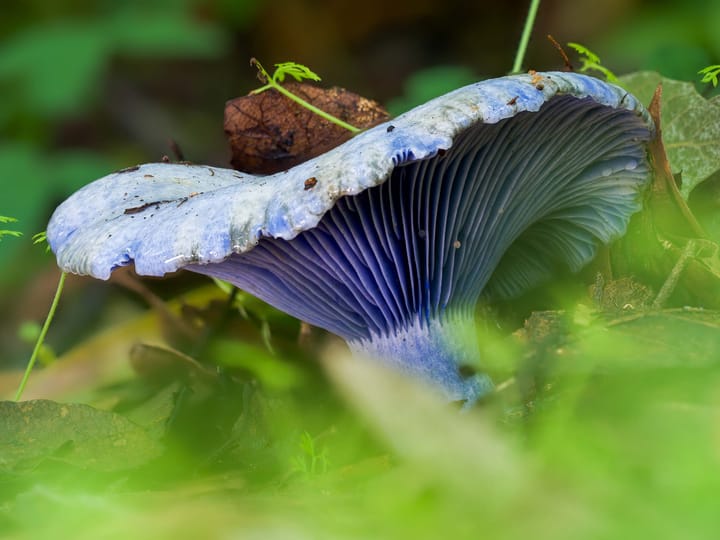
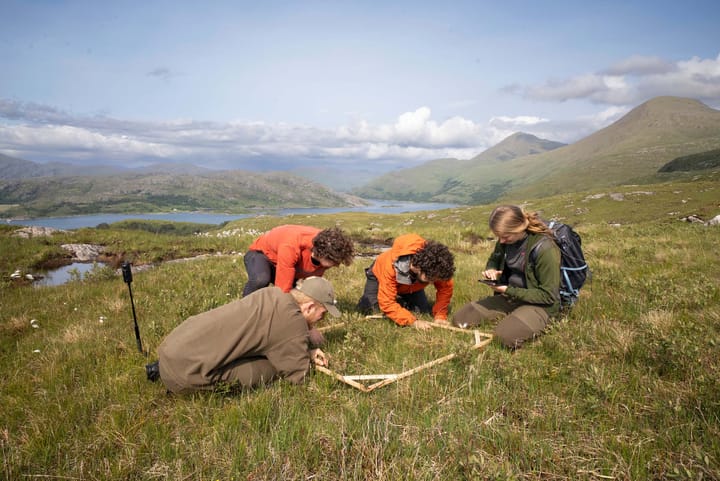


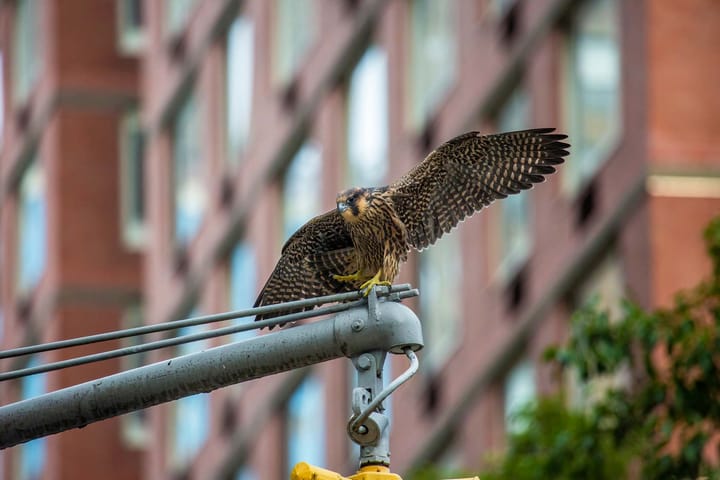
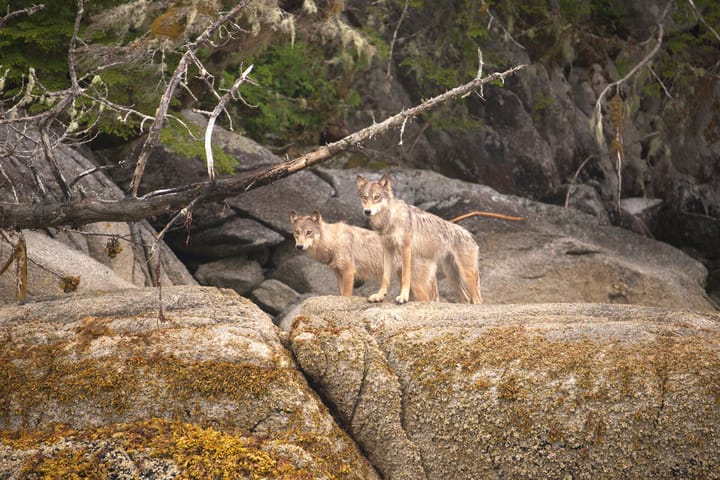
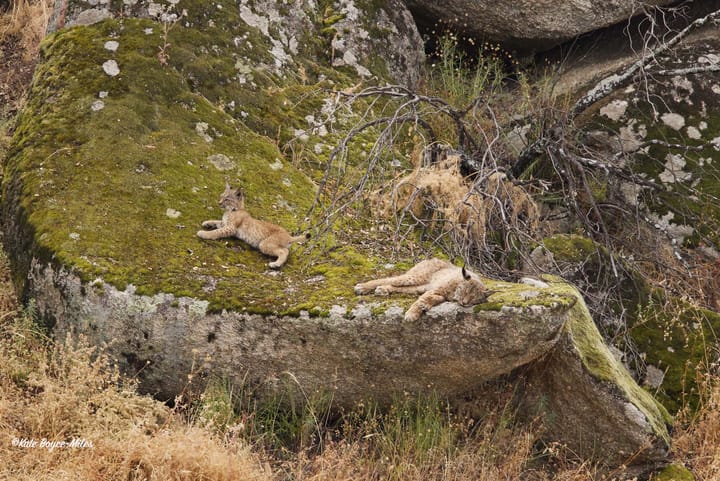
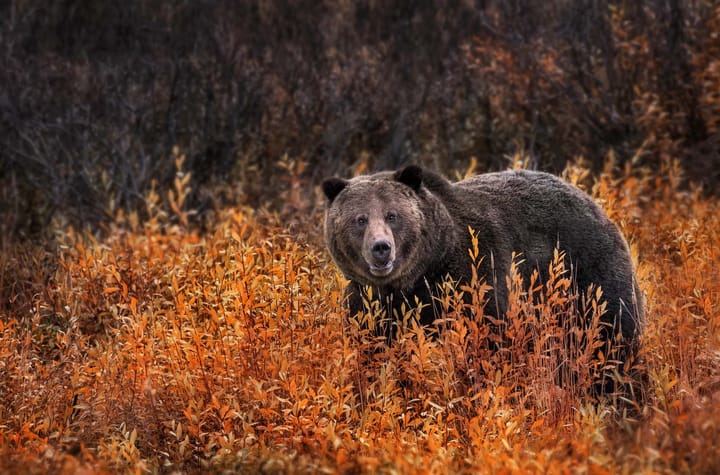

Comments ()